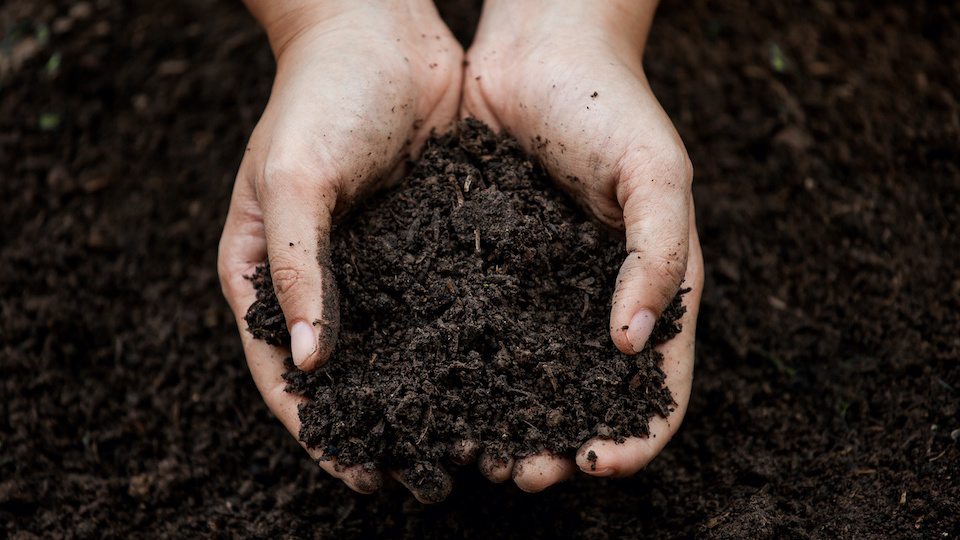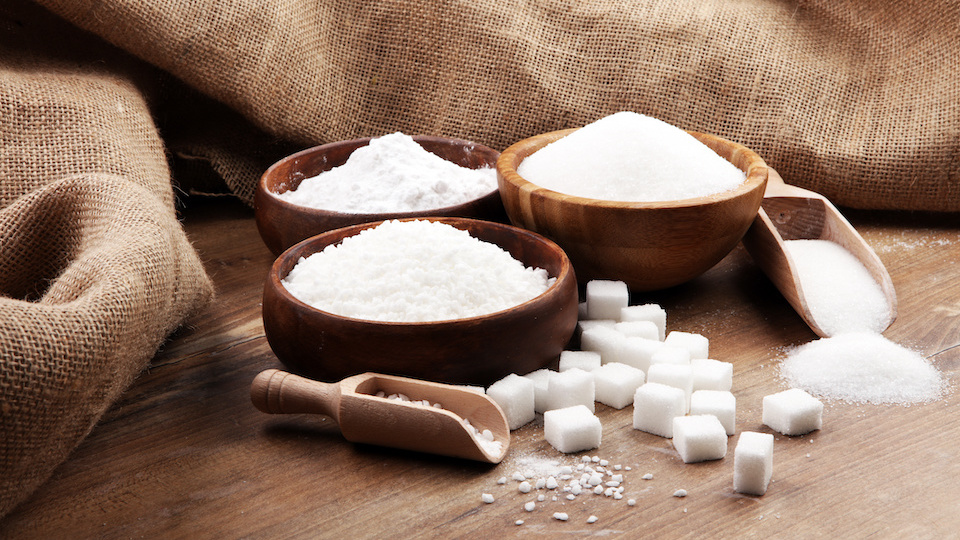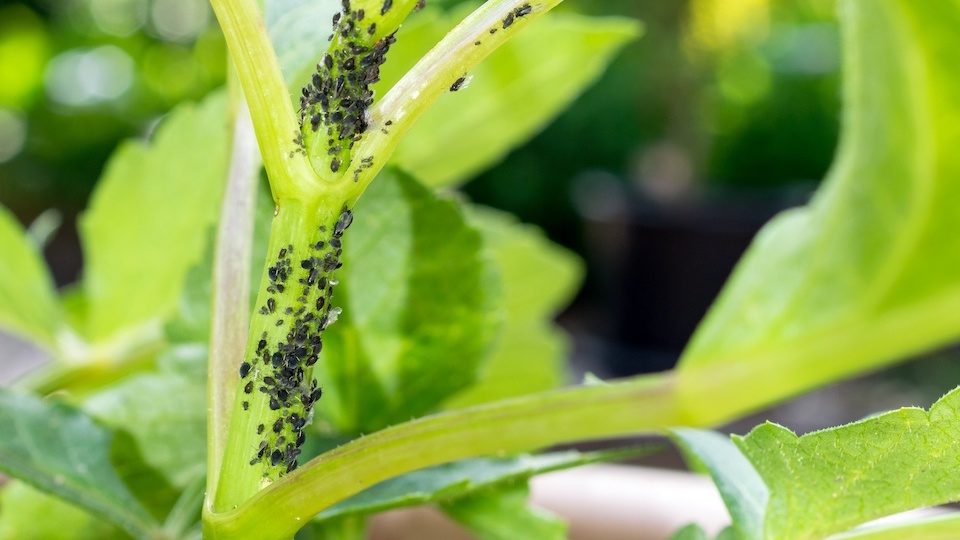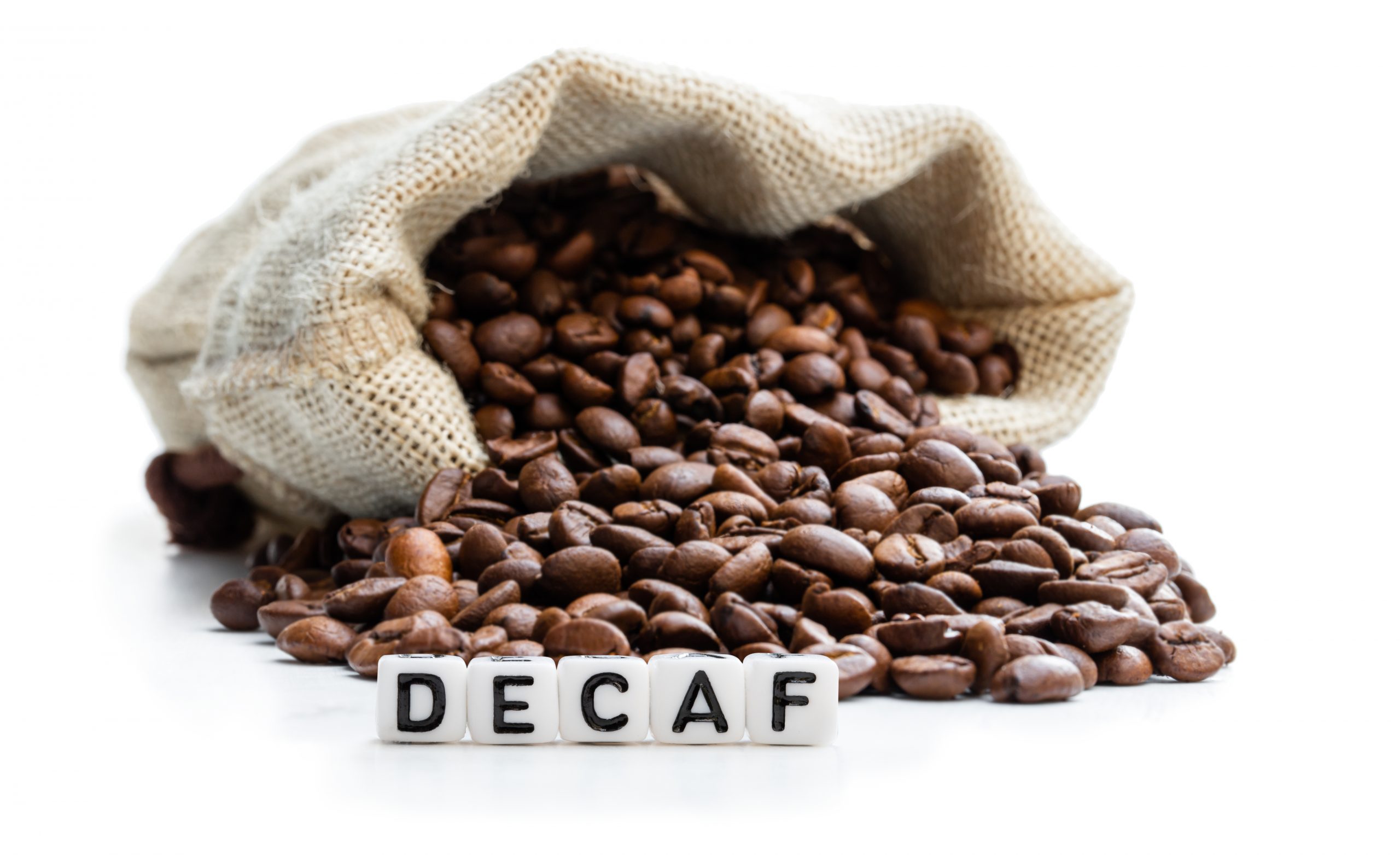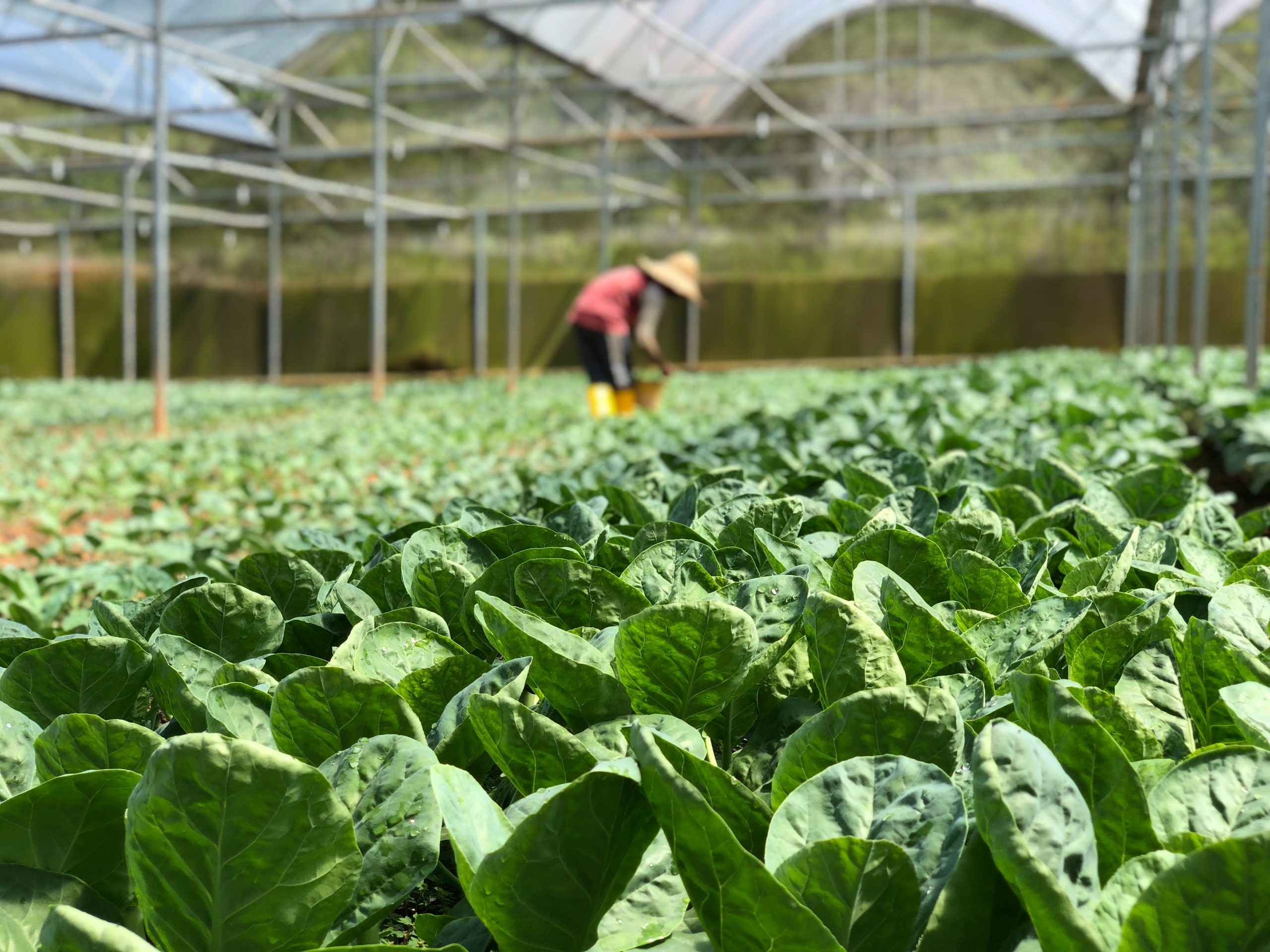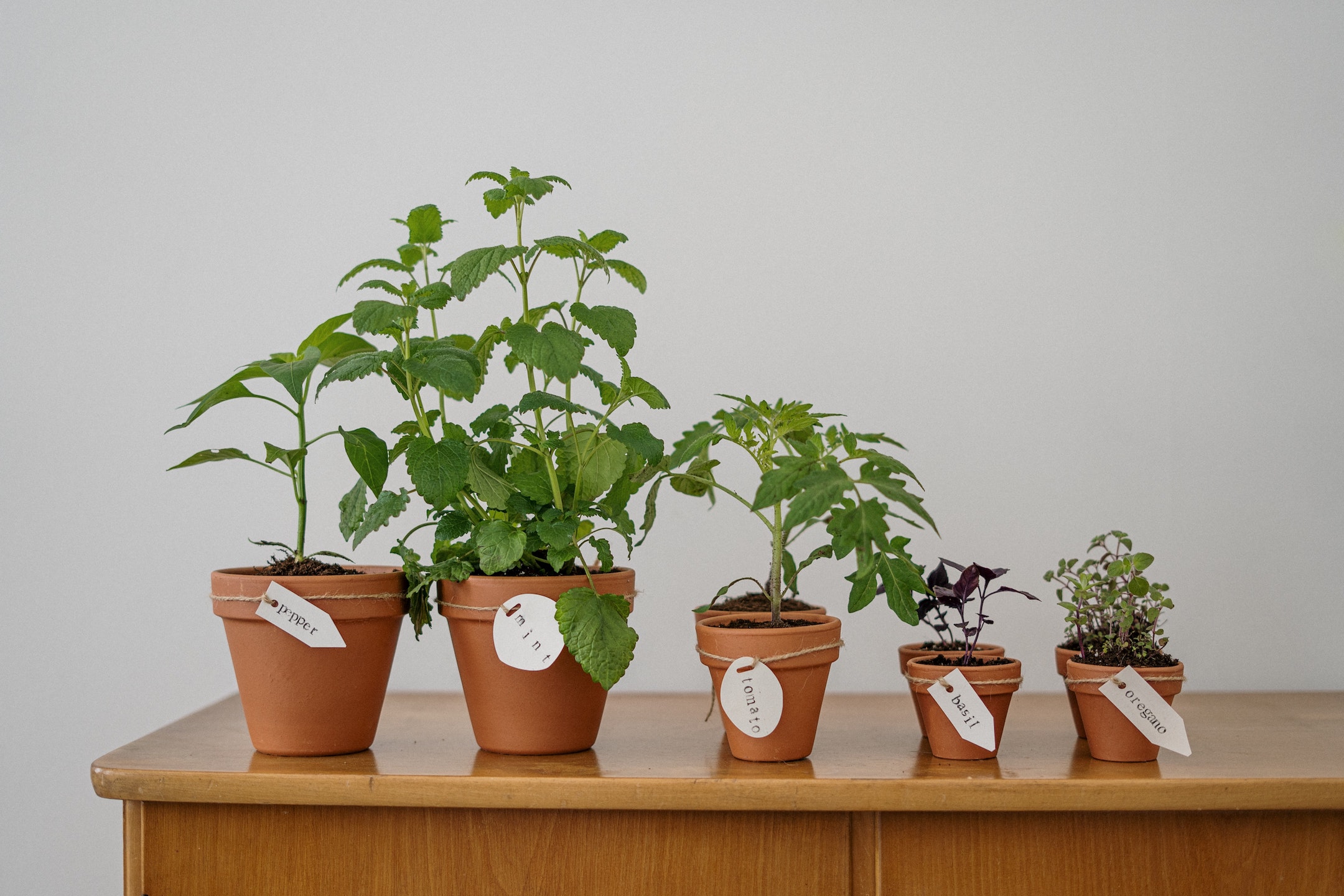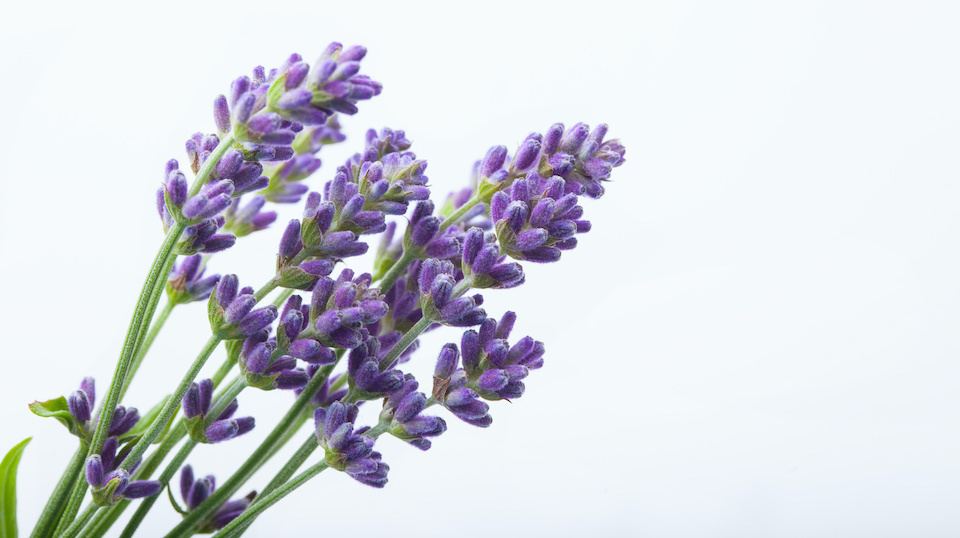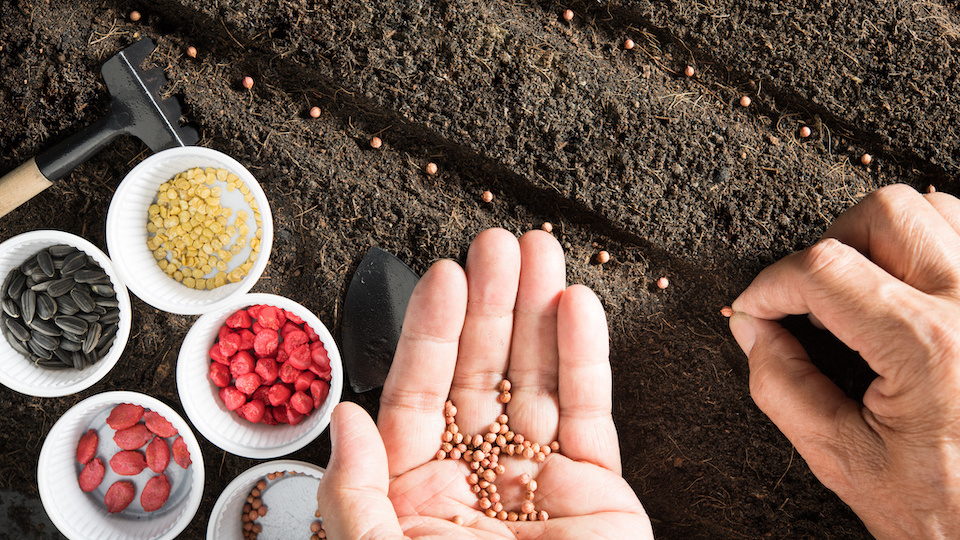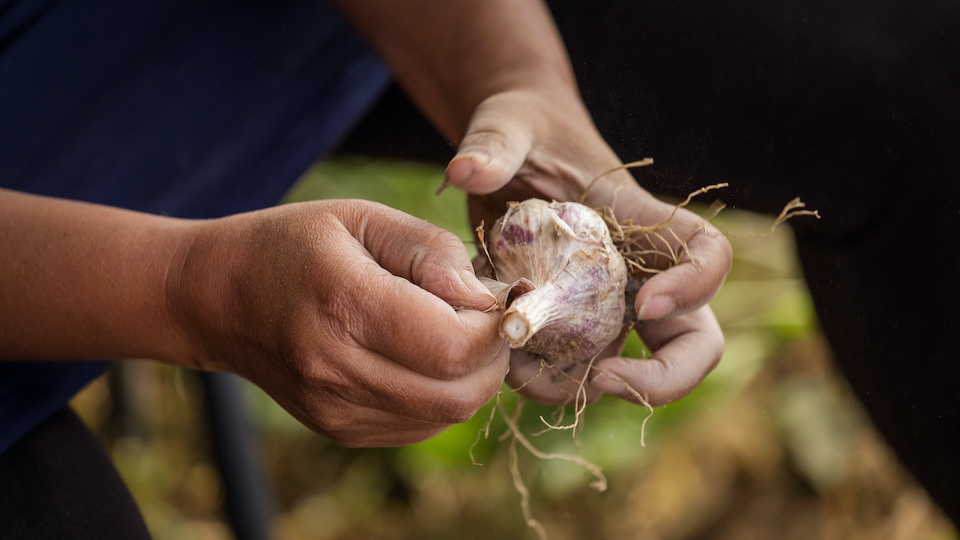How to Make Your Own Chemical-Free “Miracle Grow” Plant Food
When it comes to plant fertilizers, there are plenty to choose from. However, not all plant food is created equally. There is good reason to be overwhelmed with all of the options out there, especially if you are a new gardener. There are two broad categories of plant fertilizers – inorganic and organic. One type of plant food reigns far superior in my books, and that is organic. Let’s look at why and how you can make your very own miracle plant food using common household items that plants love.


